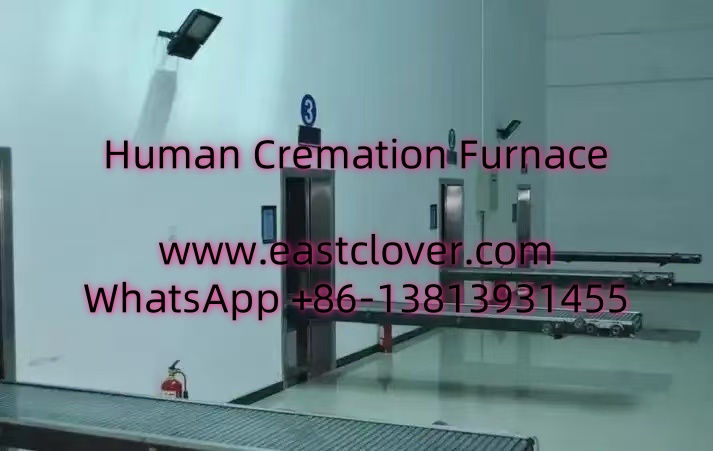The Rise of Compact Human Cremation Furnaces
As urban populations grow and available land becomes scarce, the deathcare industry faces unprecedented challenges in managing end-of-life services. Traditional cremation methods, while more space-efficient than burial, still require significant infrastructure and operational space. Enter compact human cremation furnaces – innovative solutions transforming how communities handle remains while addressing 21st-century spatial constraints.
Key Features of Modern Compact Systems
These next-generation cremation systems combine cutting-edge engineering with smart design:
- Space Optimization: Occupying as little as 15-20 square feet compared to 150+ sq ft for traditional models
- Vertical Design: Multi-chamber stacking configurations maximize vertical space utilization
- Energy Efficiency: Advanced insulation and heat recovery systems reduce energy consumption by 40-60%
- Modular Construction: Scalable units that can be combined or separated based on facility needs
- Emission Control: Integrated filtration systems meeting strict EPA and EU environmental standards
Technological Advancements Driving Change
Modern compact furnaces incorporate revolutionary technologies:
Automated Loading Systems
Robotic casket handlers and conveyor systems minimize human intervention while optimizing chamber space
AI-Powered Combustion Control
Machine learning algorithms adjust temperature and airflow in real-time for optimal efficiency
Virtual Reality Planning
3D modeling software helps facilities design optimized crematorium layouts before installation
Urban Implementation Case Studies
Cities worldwide are adopting these space-saving solutions:
Tokyo, Japan: Vertical crematorium tower handles 200+ cremations daily across 12 stacked units
Singapore: Underground modular facility processes remains beneath a public park
New York City: Rooftop cremation units added to existing funeral homes avoid costly expansions
Environmental Impact Considerations
While compact furnaces reduce spatial footprint, environmental factors remain crucial:
- Particulate emissions reduced by 70% compared to traditional models
- Water-cooled exterior surfaces enable safe installation in mixed-use buildings
- Biochar filtration systems capture carbon from emissions
www.southclover.com
Compact human cremation furnaces represent a paradigm shift in memorial infrastructure, offering sustainable solutions for space-constrained communities. As urbanization intensifies and environmental regulations tighten, these systems will become increasingly vital in maintaining dignified end-of-life services without compromising urban planning objectives. Continued technological innovation promises even more efficient designs, potentially integrating cremation facilities into residential towers and community centers through clever spatial engineering.
FAQs
How long does a compact cremation take?
Modern systems complete the process in 60-90 minutes compared to 2-3 hours traditionally
Can these furnaces handle oversized remains?
Adjustable chamber configurations accommodate different body sizes up to 500 pounds
What safety features are included?
Multiple redundancy systems: automatic shutdown, oxygen sensors, and emergency cooling
Are compact units more expensive?
Initial costs are 20-30% higher but operational savings offset this within 3-5 years
How do emissions compare to traditional cremation?
Advanced filters reduce greenhouse gas emissions by 55% and mercury emissions by 90%

Comments are closed